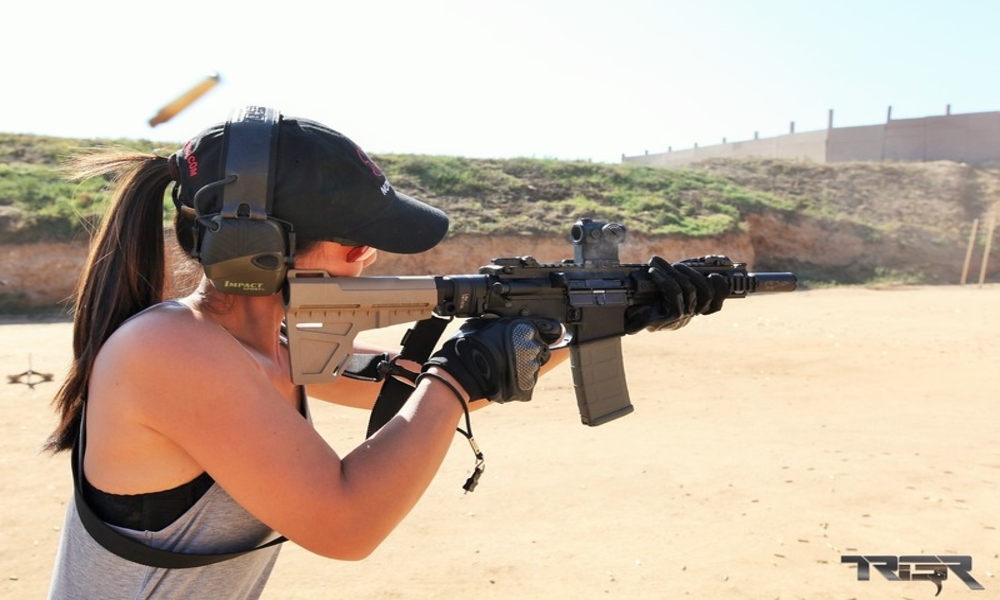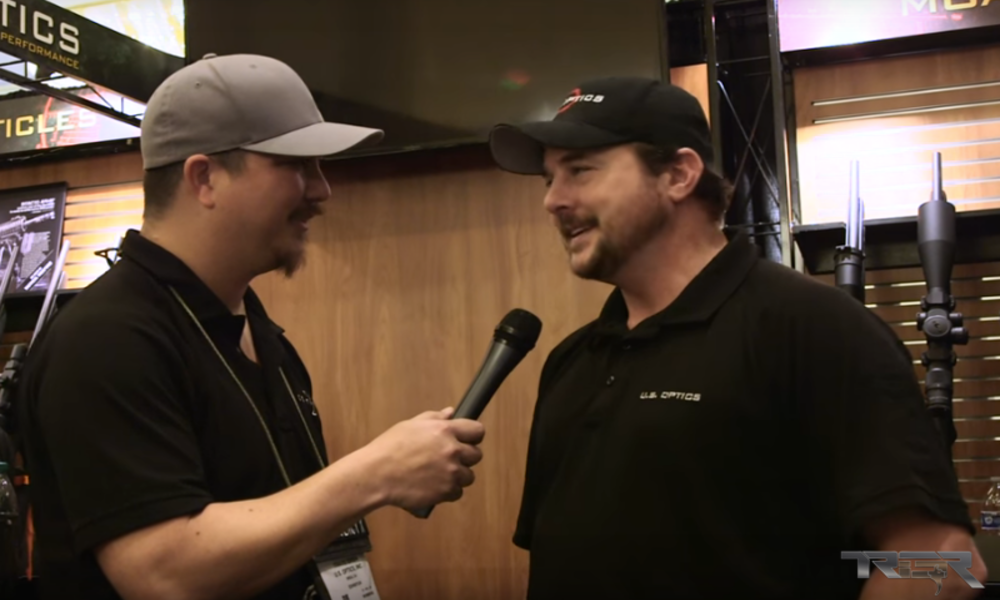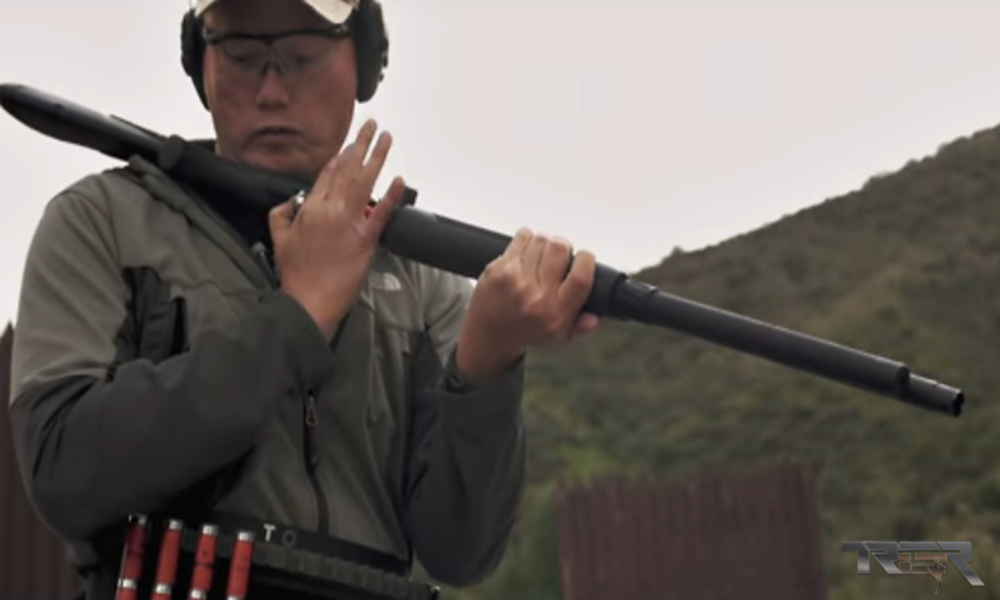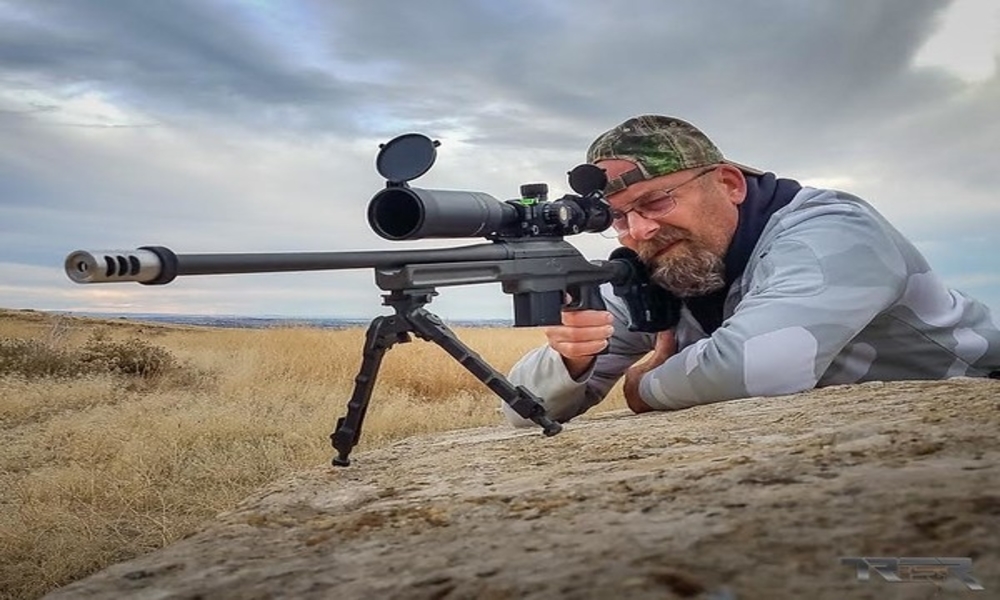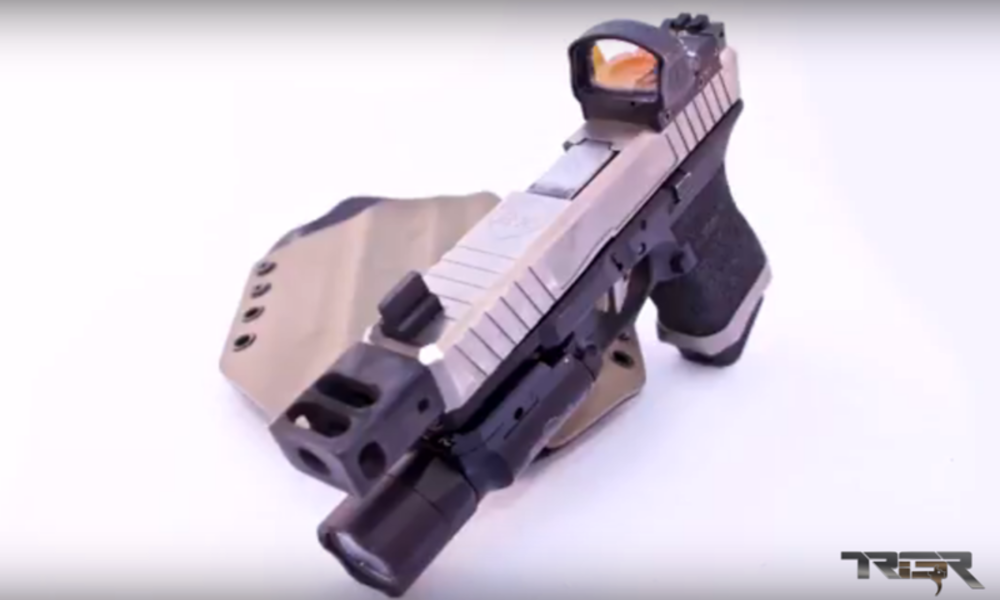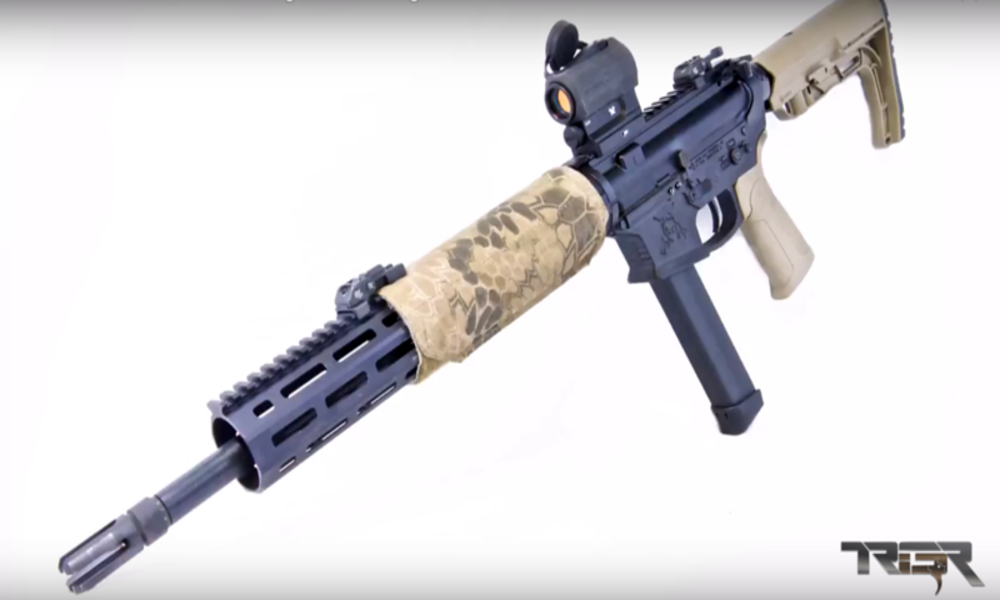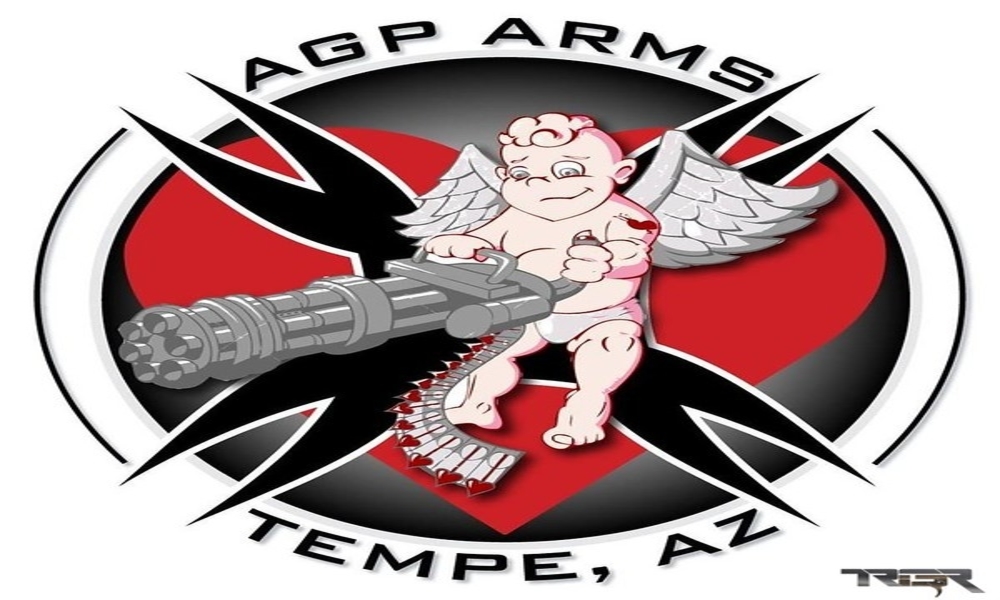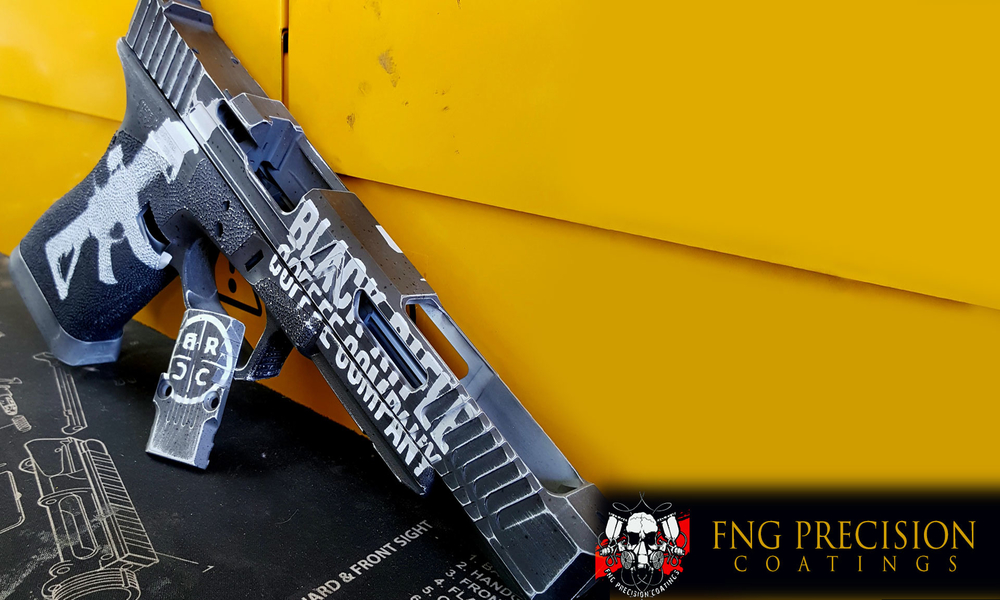
We wanted to try a piston operated gun as a super short barrel can be problematic for a direct impingement gas system. The short length of the barrel from the chamber to gas port and from the gas port to the muzzle means the gas pressure pulse needed to cycle the action arrives at the bolt carrier very quickly and is gone even more quickly. When the chamber pressures are high, they work on the fired case, keeping it expanded into the sides of the chamber, wedging it in place and making it harder to extract. The pressure pulse duration is also very short due to the limited distance from the gas port to the muzzle so there is not much time to tap pressure to power the extraction cycle. You can see in the picture above how much more pressure is in the bore with a 7″ barrel vs a typical 16″ barrel. To compensate for this, most pistol sized barrels have large gas ports to try to ensure enough gas gets down to the bolt to cycle the gun. The problem with this is that it causes direct impingement pistols have really fast and violent extraction/ejection due to the short and really high pressure pulse going to the bolt. They also suffer from early extraction timing issues. Due to the short barrel lengths, the pulse gets there while the chamber pressures are high and the case is tightly wedged in the chamber. The extractor and ejector must overcome the pressure to remove the case. This is hard on the bolt, bolt carrier, bolt cam pin and extractor. Super short pistols are thus prone to getting stuck cases or having the extractor tear off the rim of the case as well as wear out the buffer and extractor springs rather quickly. They also have the reputation for being finicky and ammo sensitive. This is why it is usually advisable to build a 10″ > barrel pistol!

